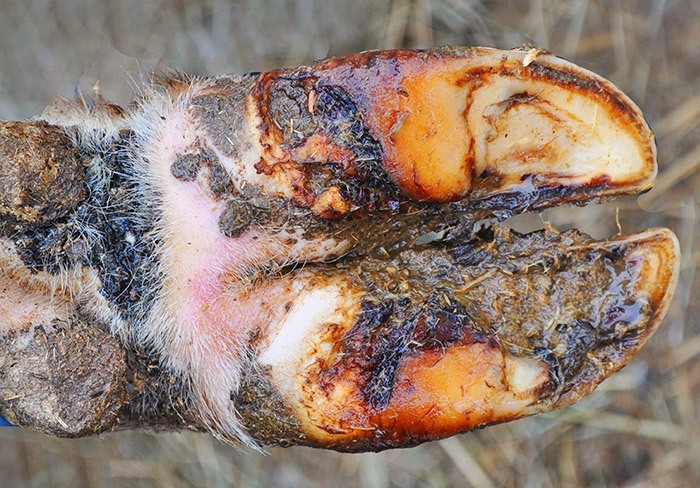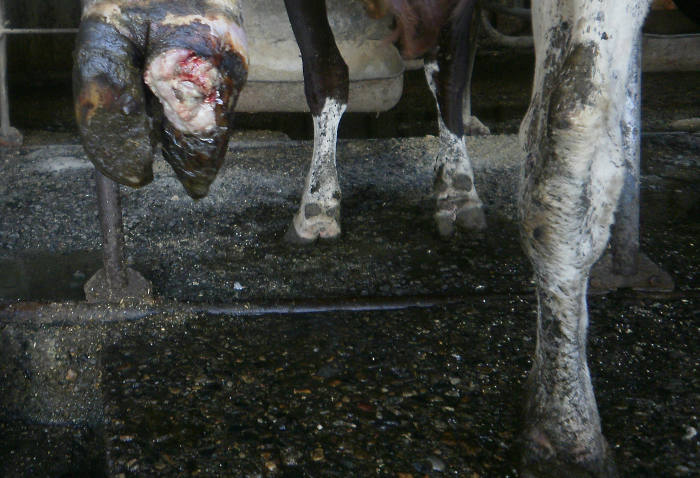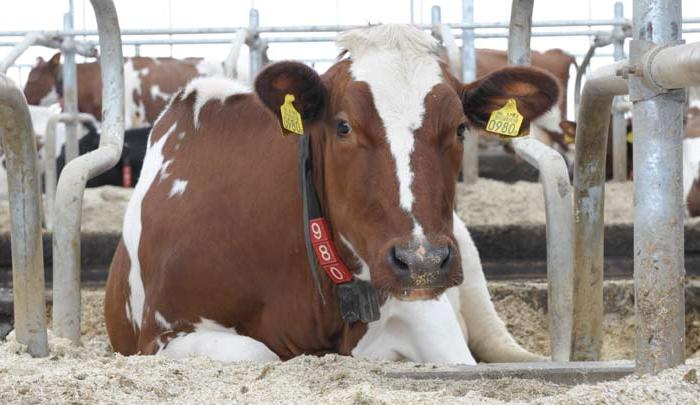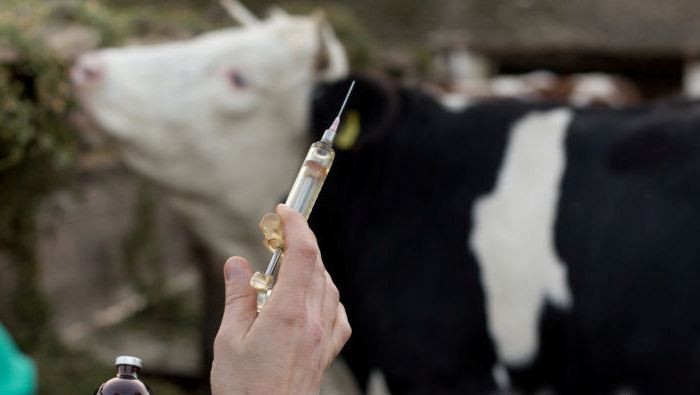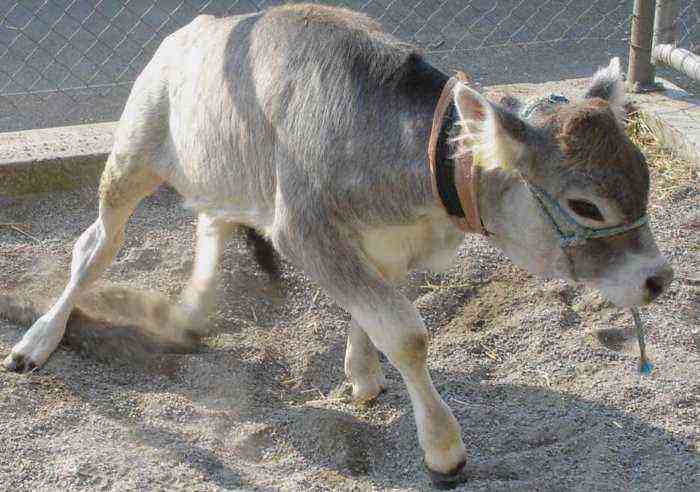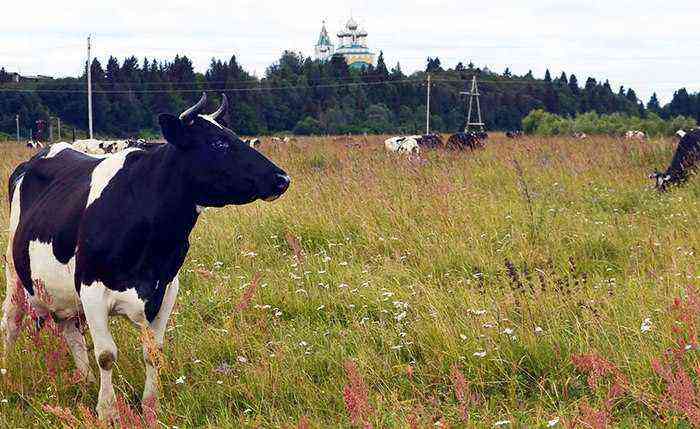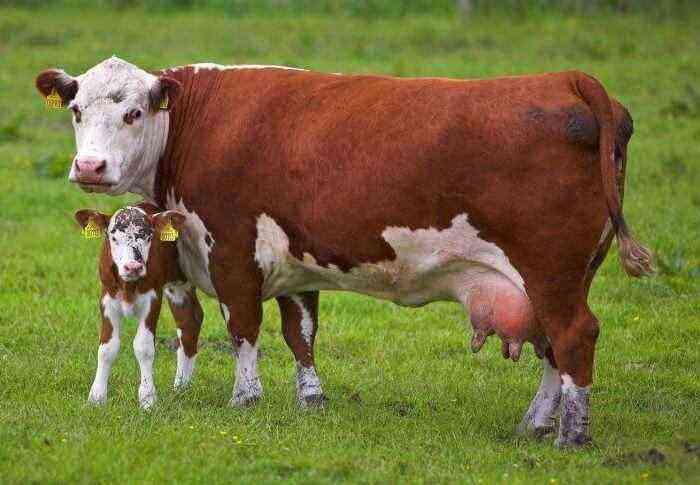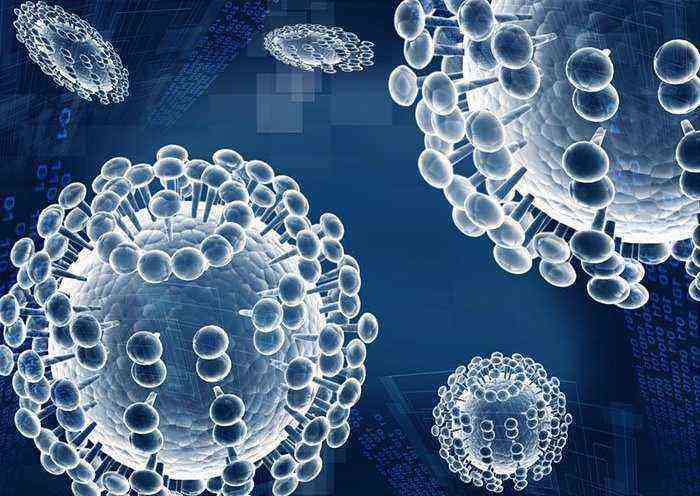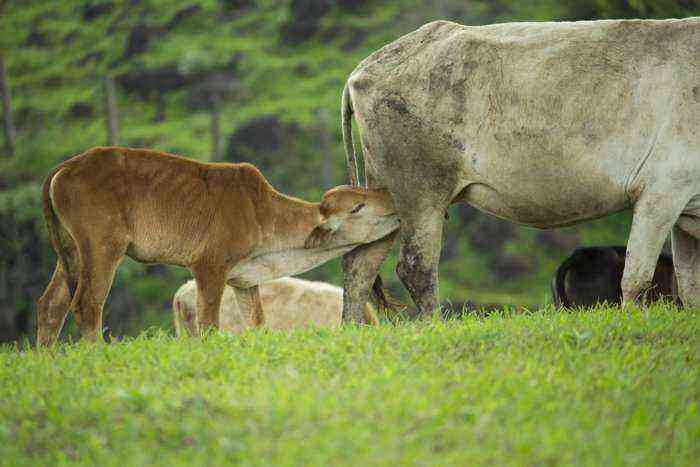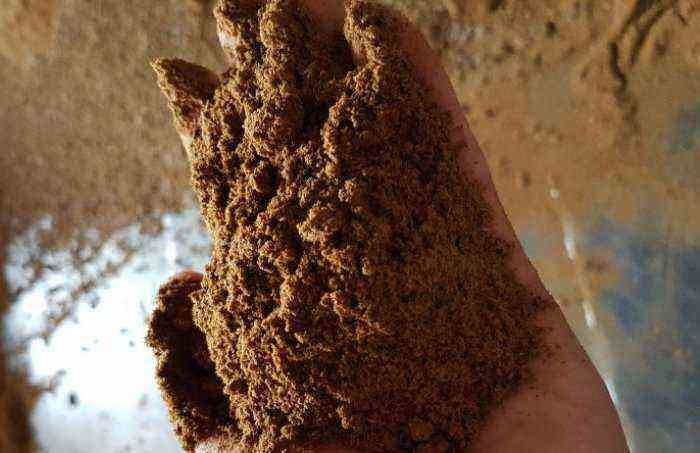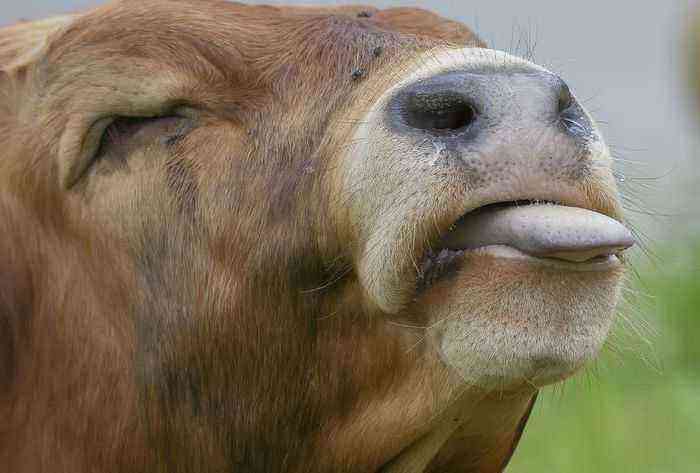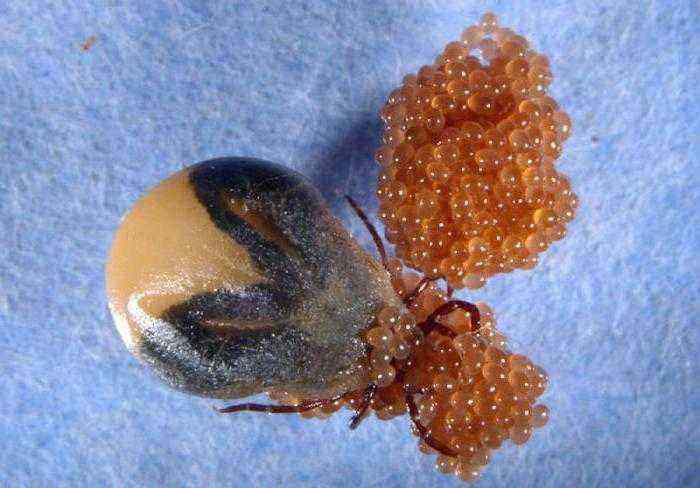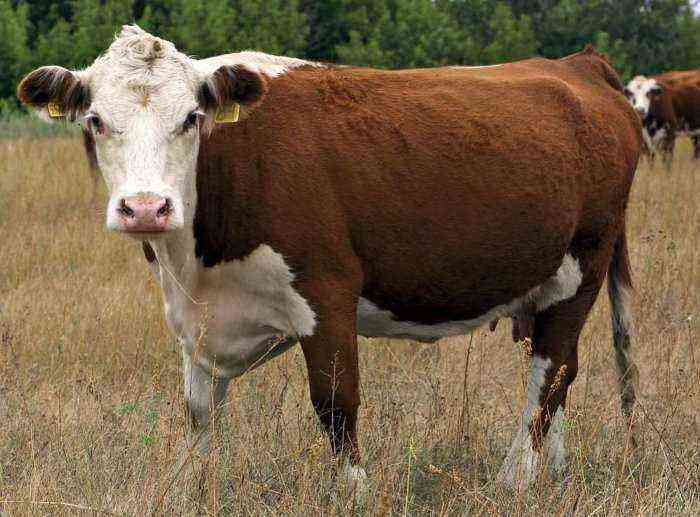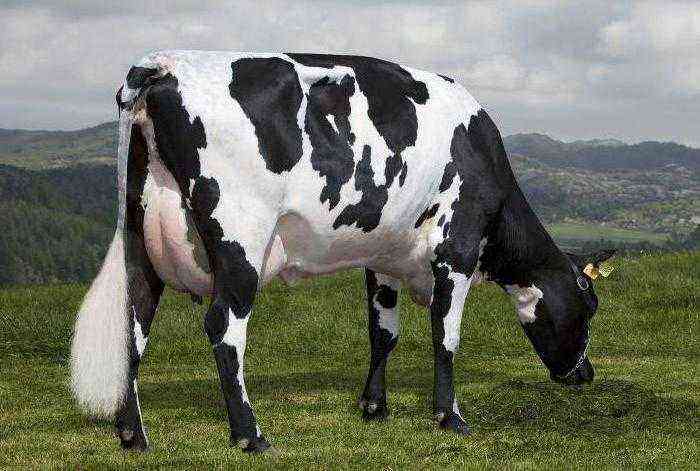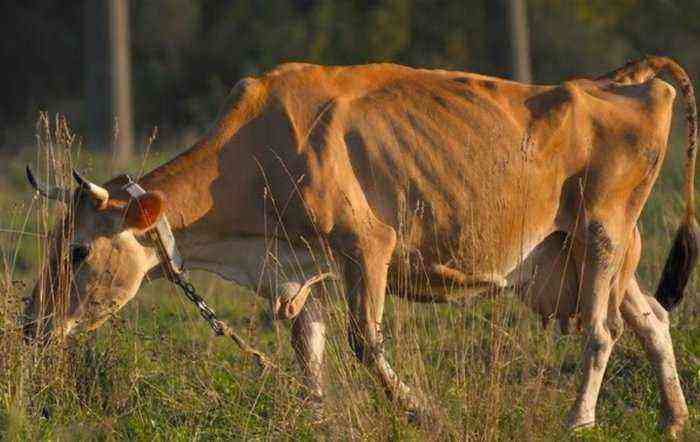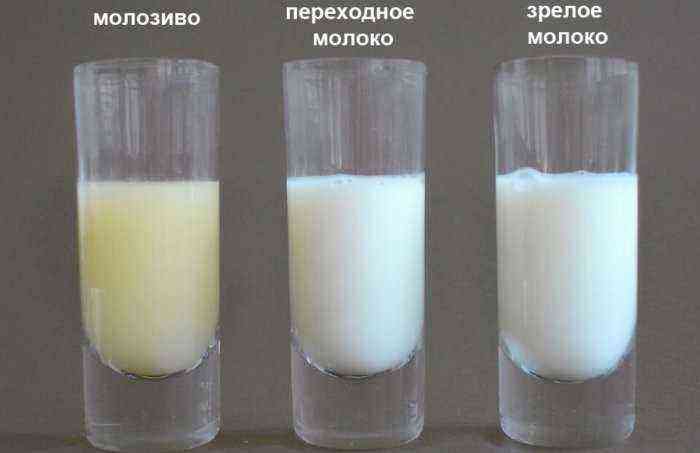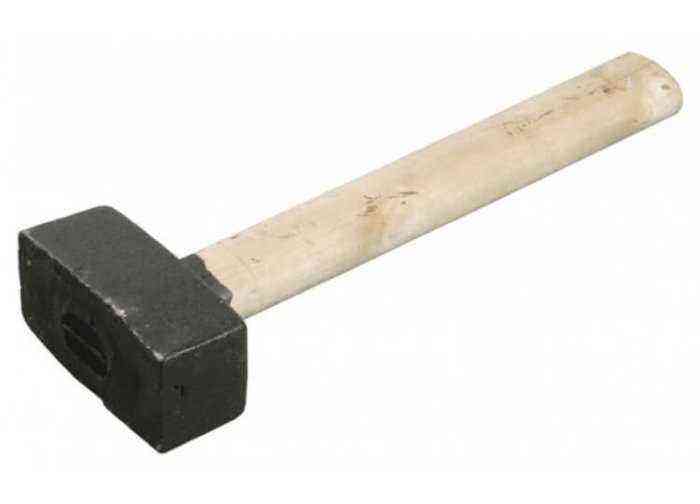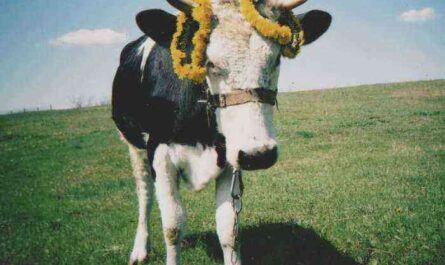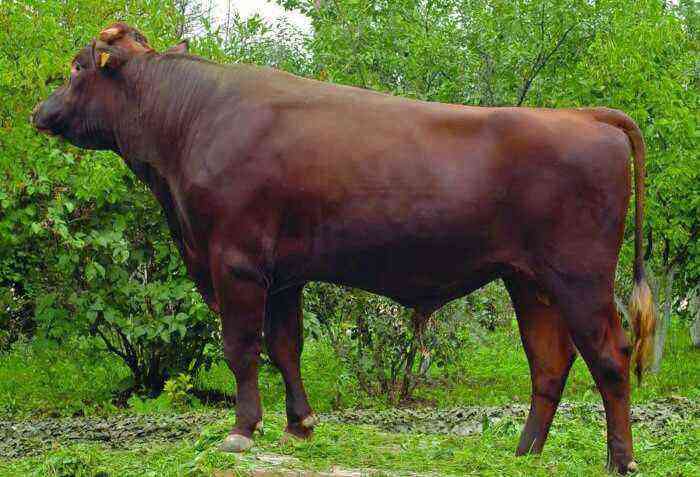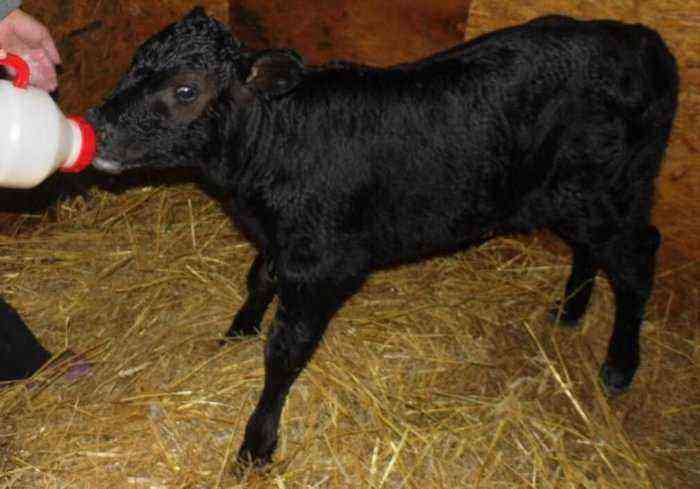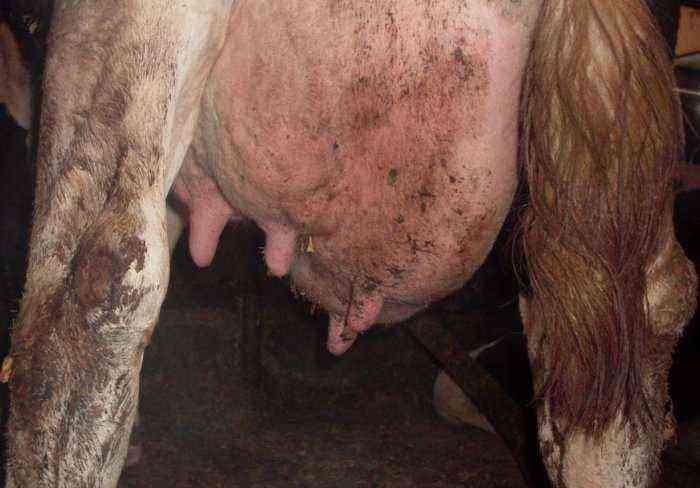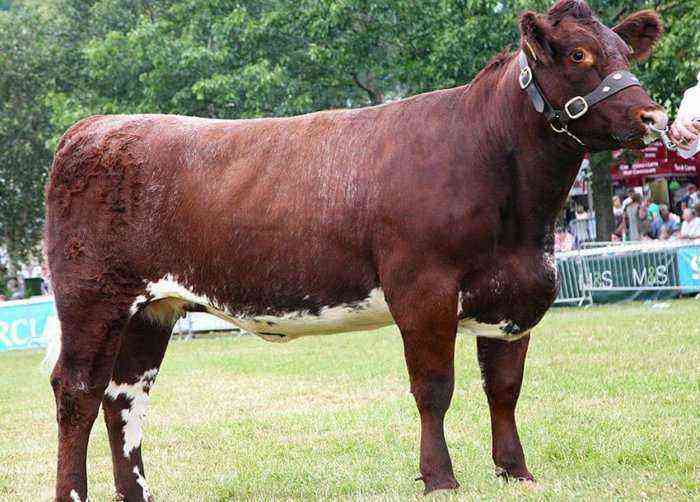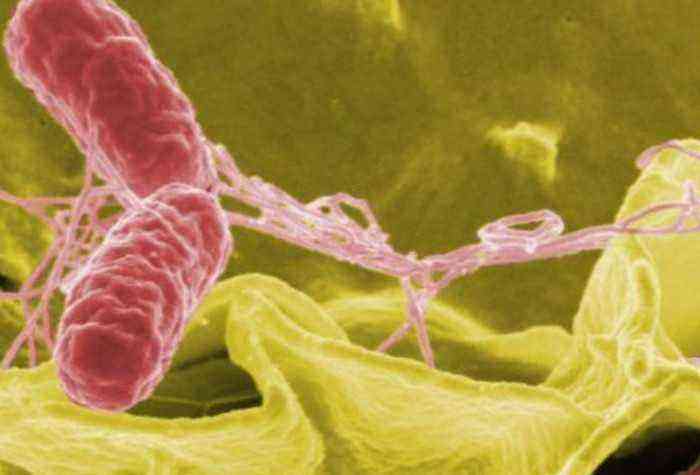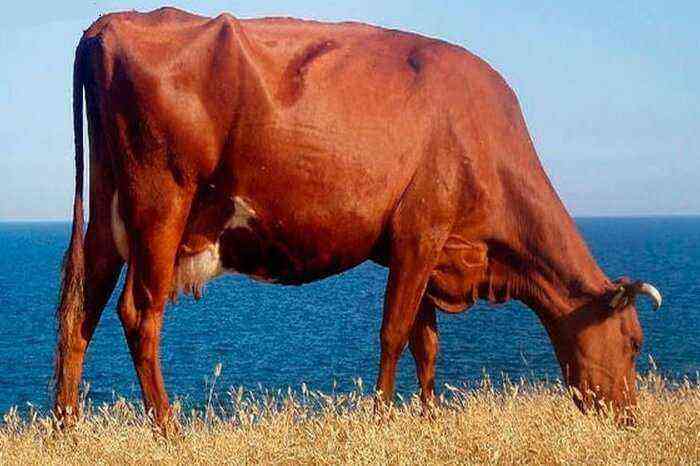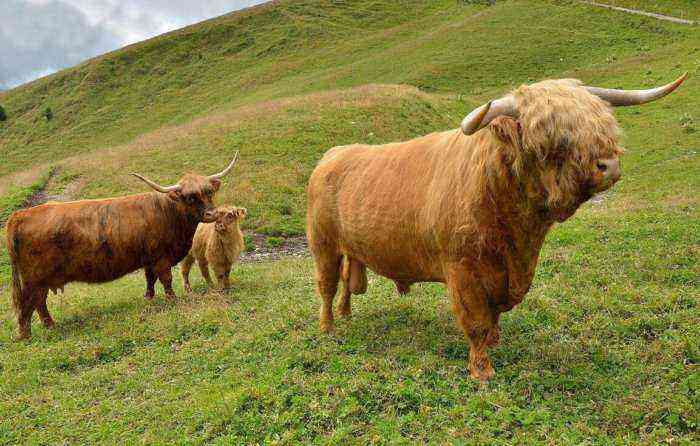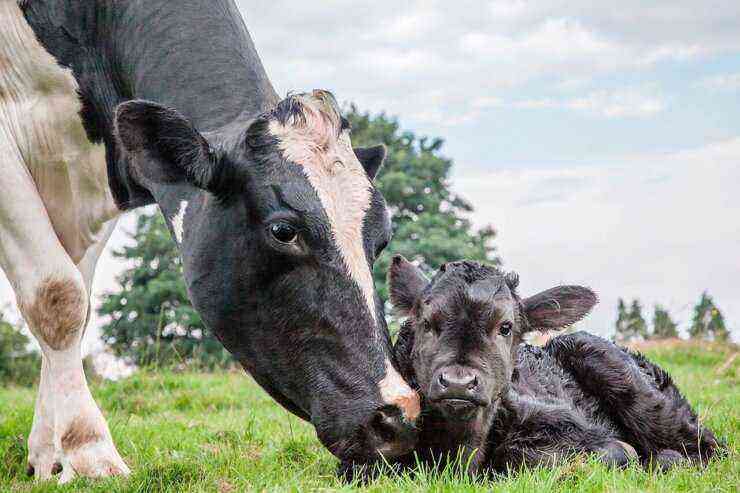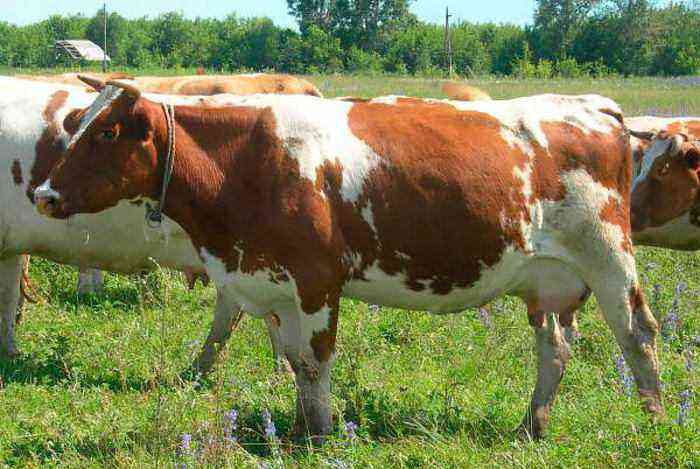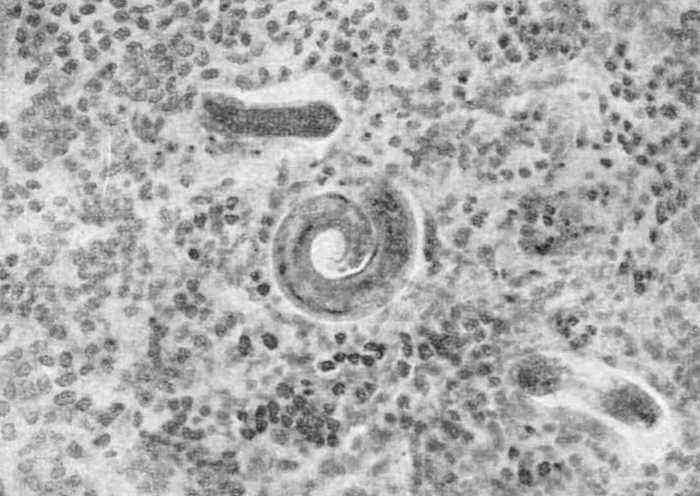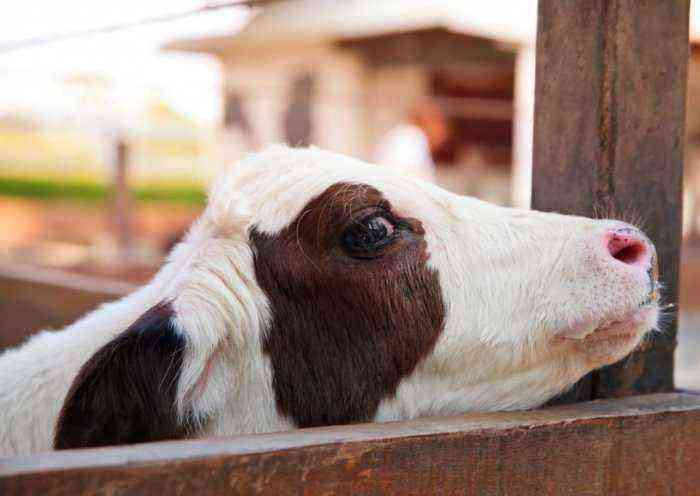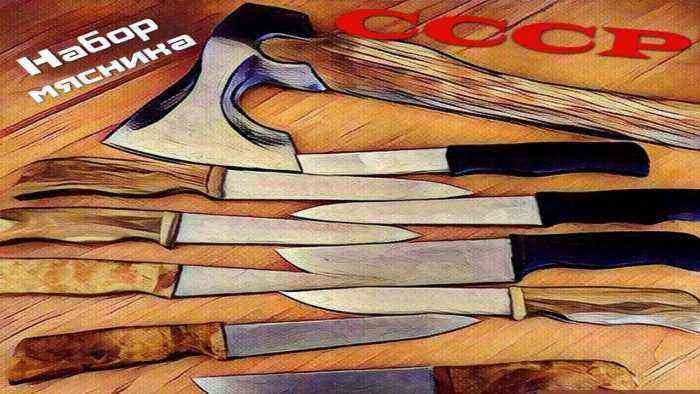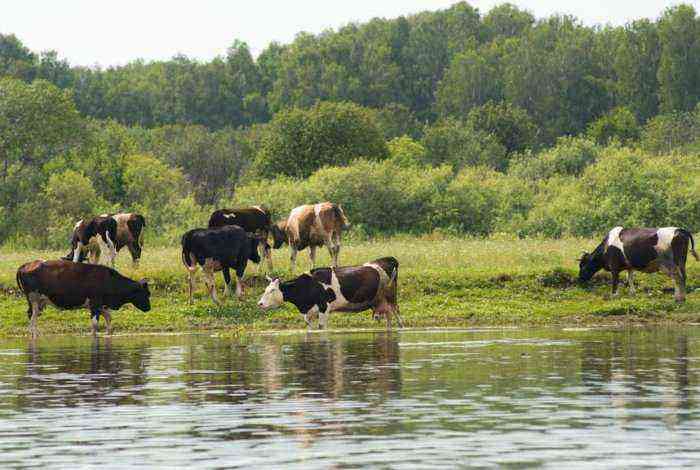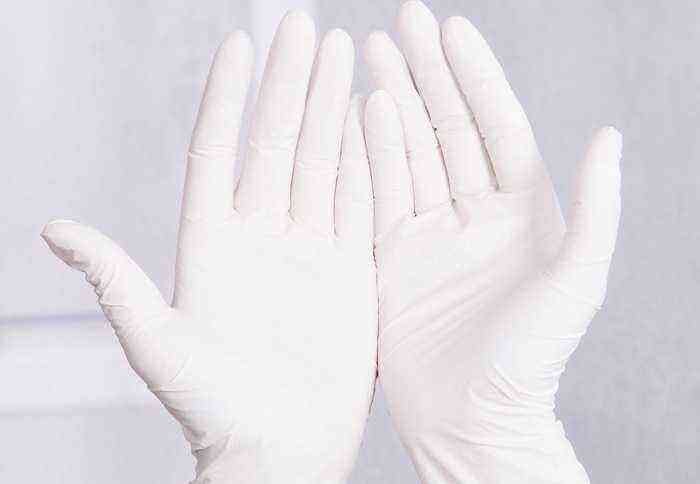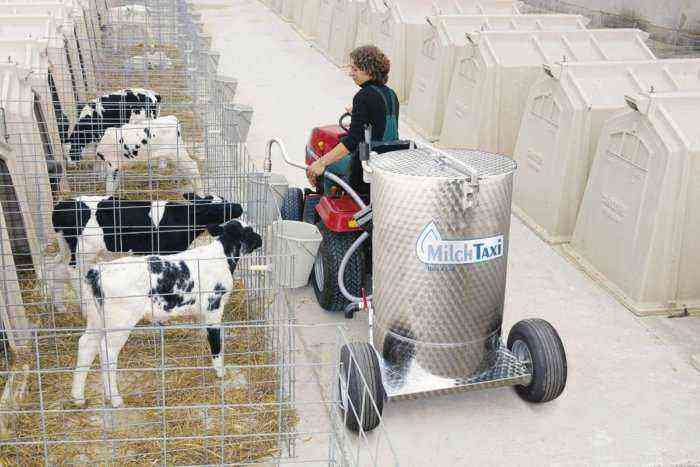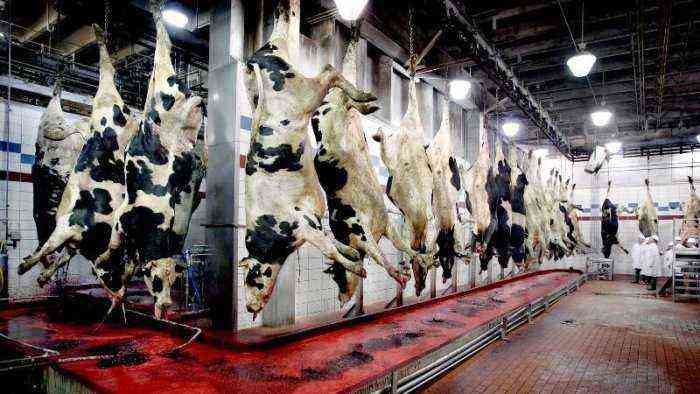Non-compliance with the living conditions, improper feeding and other factors contribute to the development of many diseases in livestock. Moreover, diseases of the limbs in cows occupy a special place. They sharply reduce the motor activity of cattle, which leads to poor health and a drop in productivity.
cow hoof
Causes and signs
There are several reasons for the development of limb diseases in cattle. Of these, the main ones are:
- grazing on untested and unprepared pastures where the animal can injure and infect;
- non-compliance with basic sanitary standards in places of detention, which leads to the development of pathogenic microflora;
- irregular cleaning and trimming of livestock hooves;
- non-compliance of the design of the barn and individual stalls with existing standards.
All these moments contribute to the injury of animals and the introduction of infection, which causes a number of painful changes. In this case, leg diseases in cows are manifested by the following characteristic features:
- oppressed state;
- decrease, and sometimes a complete lack of appetite in the animal;
- the minimum number of movements;
- the cow often lies, and moving, constantly changes position;
- unusual movements that cattle make in an attempt to unload a sore leg;
- milk production falls, and in some cases milk production stops completely.
Important! Each breeder must be able to identify each of the listed symptoms in the livestock and take prompt action before the situation worsens.
Necrobacteriosis
Necrobacteriosis in cattle is caused by a special genus of bacteria – Fusobacterium necrophorum. During the development of such a disease, the tissues of the limbs, as well as the mammary gland and internal organs, gradually die off, which is accompanied by the release of a large amount of pus. The disease is infectious.
Necrobacteriosis in cattle
The pathogen enters the body through the skin and softened horny tissue of the hooves. The following factors contribute to this:
- unsanitary conditions in the room and stalls;
- lack of quality bedding;
- dampness and constantly wet floor in the barn;
- unbalanced diet.
For the treatment of the disease, “Poviodon” is used. The agent is applied to a gauze bandage and securely fixed in places of localization of the necrotic focus. In parallel with this, injections of the drug “Vetacef 50” are carried out, which are used in a proportion of 1 mg for every 50 kg of animal weight.
It is mandatory to adjust the diet and improve the conditions of the livestock of cows.
Hoof diseases
The hoof of a cow, despite its hardness, is made up of living tissue. It receives nutrition from the blood vessels that pass through the thickness of the horny tissue and is constantly growing. But if the growth of this part of the body is excessive, it can be deformed and damaged. Infection penetrates into open cracks and deformed areas, which causes a number of hoof diseases.
Erosion
This form of the disease develops due to uneven growth of the outer and inner parts of the hoof. Accordingly, the load on the more developed side increases, and the horny tissue can be destroyed, causing damage to the soft tissues. This leads to inflammation and the formation of purulent areas.
Hoof diseases
To normalize the condition of the leg, a special heel is installed on the lagging half of the hoof, which reduces the load on the affected side. Thus, the affected area remains in a state of calm and, under the influence of special preparations, quickly returns to normal.
Fusabacteriosis
Fusabacteriosis is one of the varieties of necrobacteriosis. But, unlike the usual form of the disease, this one affects only the lower part of the hoof over its entire area. This process is accompanied by inflammation and severe pain.
The main signs of the disease include:
- limping;
- limb edema;
- lack of appetite;
- reduction in weight and productivity;
- erosion of the corneal tissue.
Gradually, the inflammation rises to the tissue areas located above.
Treatment is carried out by treating the affected areas with a solution of potassium permanganate and removing dead areas. After that, a bandage with hyperimmune serum is applied to the operation site, which is also injected into the animal.
Laminitis
Such a disease develops if a large amount of blood and fluid accumulates in the cells and cavities of the horny tissue. The reason for this phenomenon may be:
- unbalanced nutrition;
- non-compliance with the rules of care;
- complications after pregnancy.
The accumulation of fluid causes hoof shape change and pain. Such a health problem manifests itself in the form of a decrease in activity. Treat laminitis by constantly trimming an overgrown hoof.
Diseases of the joints
Diseases of the joints of the limbs of cattle are the result of injuries of the ligaments or wear of the bone tissue of the joints. There are several types of such ailments.
Diseases of the joints of the limbs of cattle
Arthritis
Arthritis is inflammation of the joint. Depending on the causes of occurrence, it can develop in two forms:
- aseptic arthritis. The cause of the occurrence is a physical injury or an imbalance of vitamins and minerals in the body. The inflamed area swells, there is a local increase in temperature. May be accompanied by the development of growths on the bone.
- Purulent arthritis. Occurs as a result of blood poisoning (or in the case of open wounds). Accompanied by the release of a large amount of pus, a general increase in temperature, rapid breathing.
Treatment is carried out by applying cold and hot compresses to the affected areas. In parallel, antibiotic injections are being implemented.
Arthrosis
This disease involves damage to the articular cartilage. As a result, bone wear begins, which causes severe pain. Symptoms of developing arthrosis in cattle are:
- lameness;
- a sharp decrease in activity and movement;
- the animal lies most of the time;
- standing still, the cow constantly steps over in an attempt to relieve the load from the limb;
- joints are enlarged.
Arthrosis appears as a result of improper feeding, lack of activity, metabolic disorders.
Treatment is carried out by heating the articular part with special lamps. Previously, the limb is lubricated with a drug that enhances the effect of the device.
Stretching
Such a disease manifests itself in a partial tear of the ligaments of the articular bag. It develops due to the displacement or divergence of the bones of the joint, which can occur in the event of a sharp turn, rapid movement, excessive load on the joint.
As a rule, the affected area swells up almost immediately. After a swollen area is found, the joint is tightly fixed with a tight bandage so that the damage does not increase during movement. Then for the first 2 days a cold compress is applied to it. Then the bundle is treated with warming ointments.
Dislocation
A dislocation is a displacement of bones at a joint. Such a phenomenon may be the result of an injury or improper feeding and maintenance, which led to a weakening of the tissues. Also, the cause of dislocation in babies may be careless handling of the calf during the calving process of the cow.
The main signs of a dislocation:
- unnatural elongation of the limb;
- swollen joint;
- irregular shape of the leg;
- decrease in activity of the animal.
Sleeping pills for cows
If the dislocation occurred without rupture of the ligaments, the cow is injected with sleeping pills and the joint is set back into place. If the ligament is still torn, the animal is determined for slaughter.
skin diseases
Most often, such diseases are the result of unsanitary conditions in the premises. The most common among them are eczema and puta dermatitis.
Eczema
This is a disease of the skin of the limb of a cow, which develops mainly in the region of the first (from the hoof) joint. The skin in this area of the leg swells, its temperature rises, pustules appear on it. Gradually, the epidermis exfoliates, and wet areas appear in its place.
During treatment, the affected area is treated with alcohol, and a piece of bandage with iodoform powder is wrapped on top. Also, the use of picric acid, a solution of which is treated with weeping skin, gives a good effect.
Eczema can appear on one or all limbs.
Dermatitis times
The disease takes several different forms. It results from:
- the use of spoiled and toxic feed;
- physical injuries of the fetlock;
- the action of an infection penetrating the skin;
- thermal effects (burns or hypothermia).
Depending on the specific form, such dermatitis manifests itself in the form of cracked skin with exudate or dry areas of dying skin. Bleeding warts also often appear, the site of the lesion swells and has a fever.
Attention! Treatment in each case individually.
Many diseases of the limbs lead to the fact that animals are culled from the general herd. But even if livestock can still be cured, the disease will still affect the overall health and productivity of living creatures. Therefore, it is extremely important to know the main causes of the development of such diseases and ways to prevent them in a timely manner.
